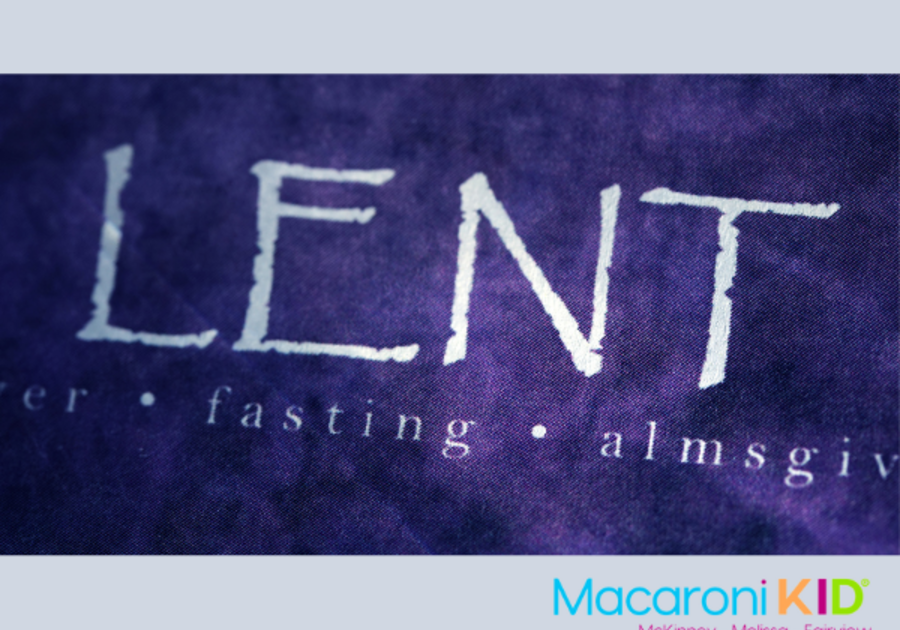As Lent concludes and Easter arrives, it presents an opportunity for reflection within the Christian tradition. For 40 days, individuals observing Lent often choose to fast from certain pleasures or habits—ranging from favorite foods to social media use. These personal sacrifices are intended to create space for spiritual focus and mindfulness.
Understanding the Purpose of Sacrifice
In the context of Lent, sacrifice is not solely about abstaining, but about making room for introspection. By setting aside daily comforts or distractions, many find themselves more attuned to their spiritual beliefs and values. These practices are meant to reflect, in a symbolic way, the significant sacrifice that, according to Christian teachings, Jesus Christ made through his death and resurrection.
While participants may initially focus on what they have given up, the deeper experience often brings gains such as increased patience, discipline, and gratitude.
 |
Applying the Lessons Forward
After Lent, many reflect on the impact of the season by asking:
- Did this time provide personal or spiritual insight?
- What lessons or realizations emerged?
- Are there any practices worth continuing?
Rather than viewing the conclusion of Lent as an end, it can be seen as a transition into a new phase marked by renewed awareness and intention.
 |
A Central Belief in Christianity
Central to the observance of Lent and Easter is the Christian belief in the crucifixion and resurrection of Jesus Christ. For many, this represents the ultimate act of love and sacrifice. While personal Lenten sacrifices are modest in comparison, they are often seen as a way to honor and reflect on this foundational event within the faith.
Easter, therefore, becomes not only a time of celebration but also of contemplation and commitment to values inspired by these beliefs.



